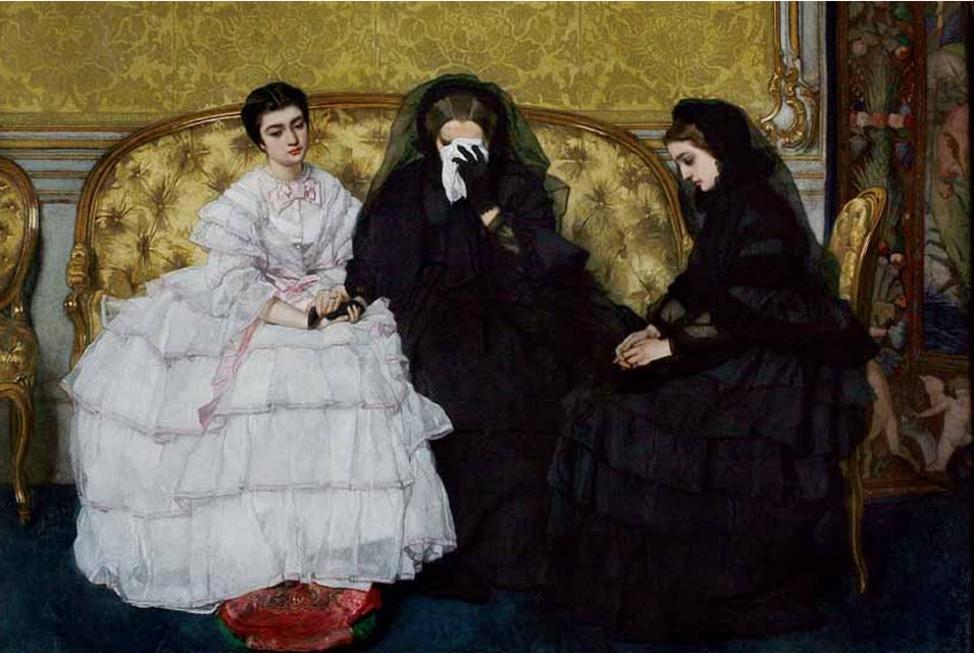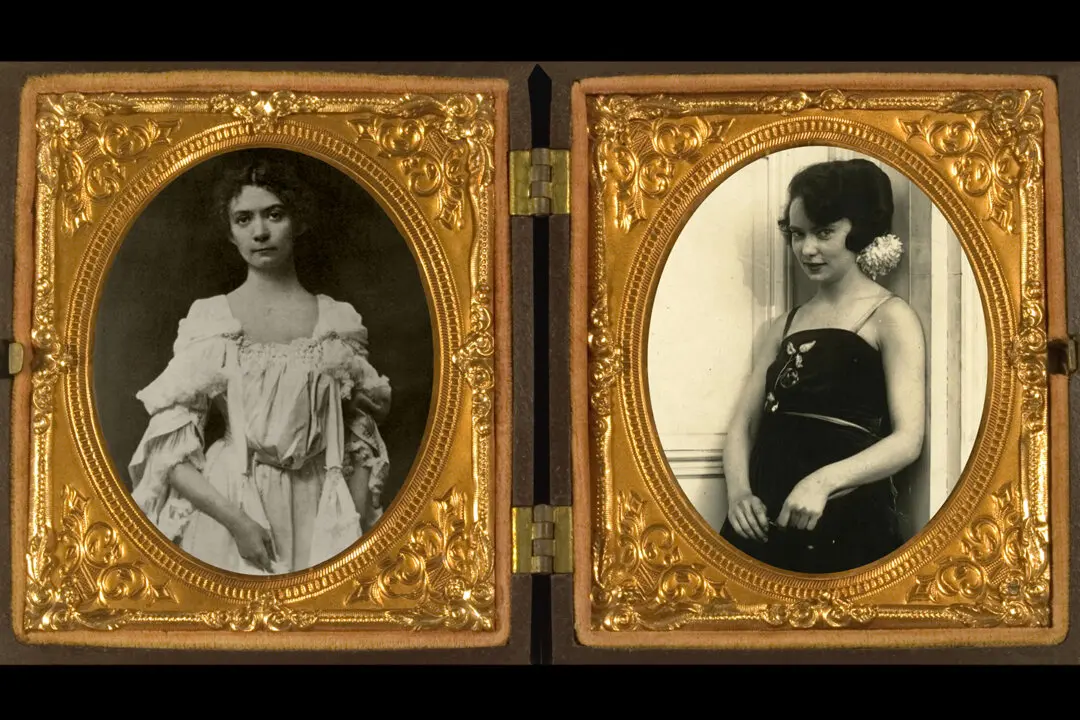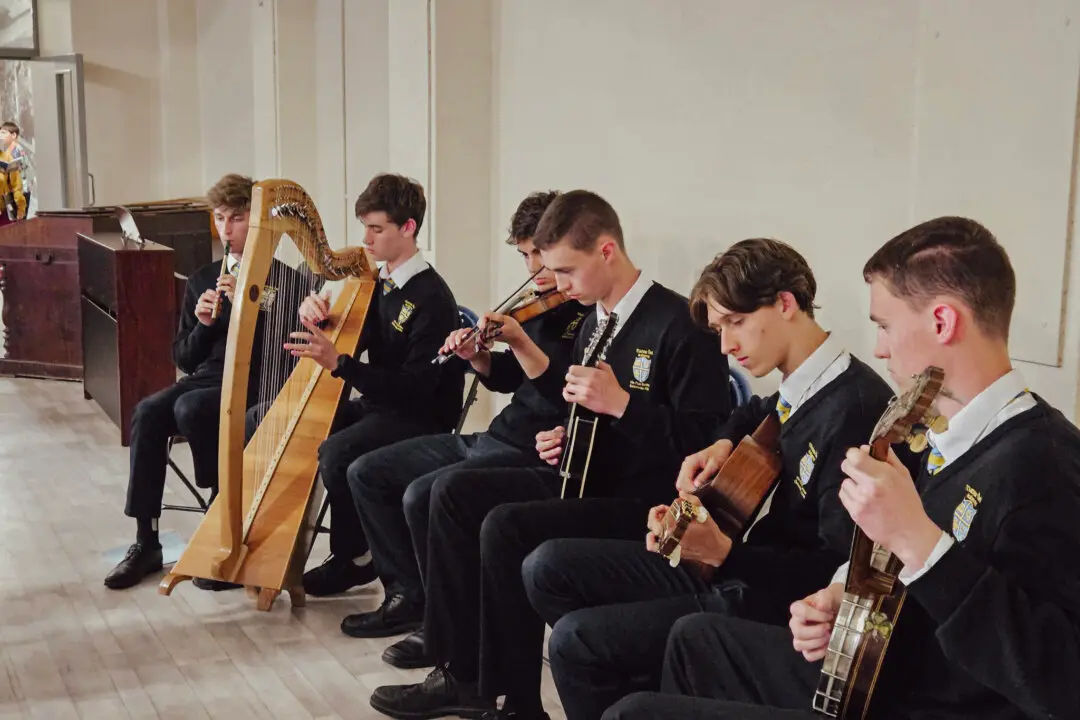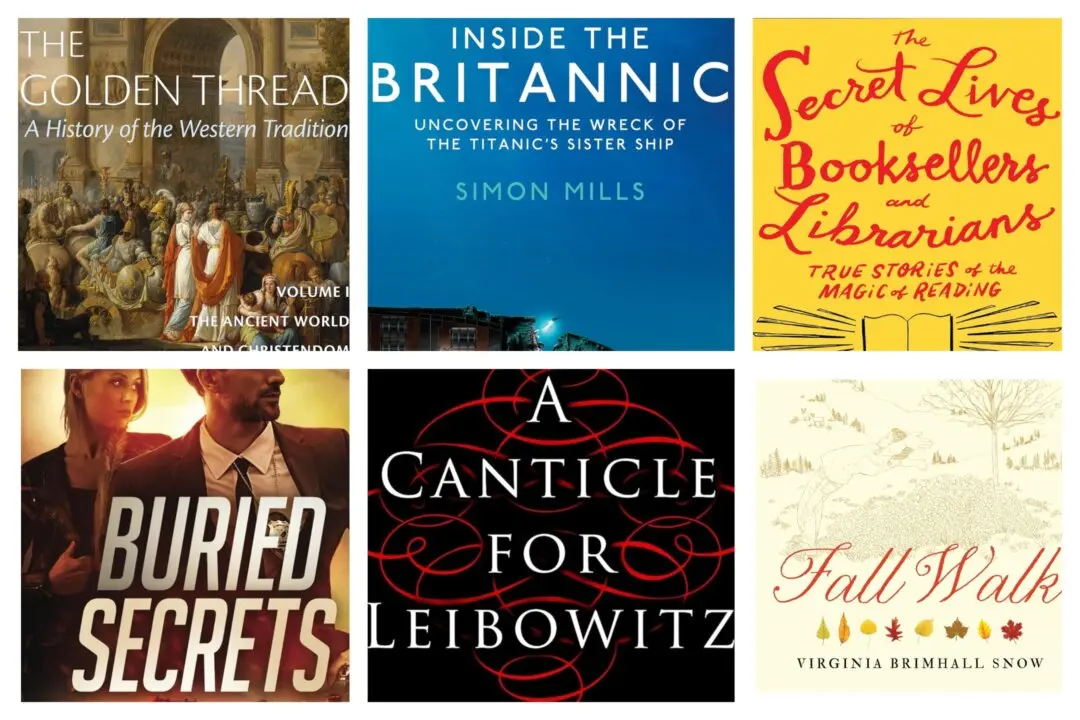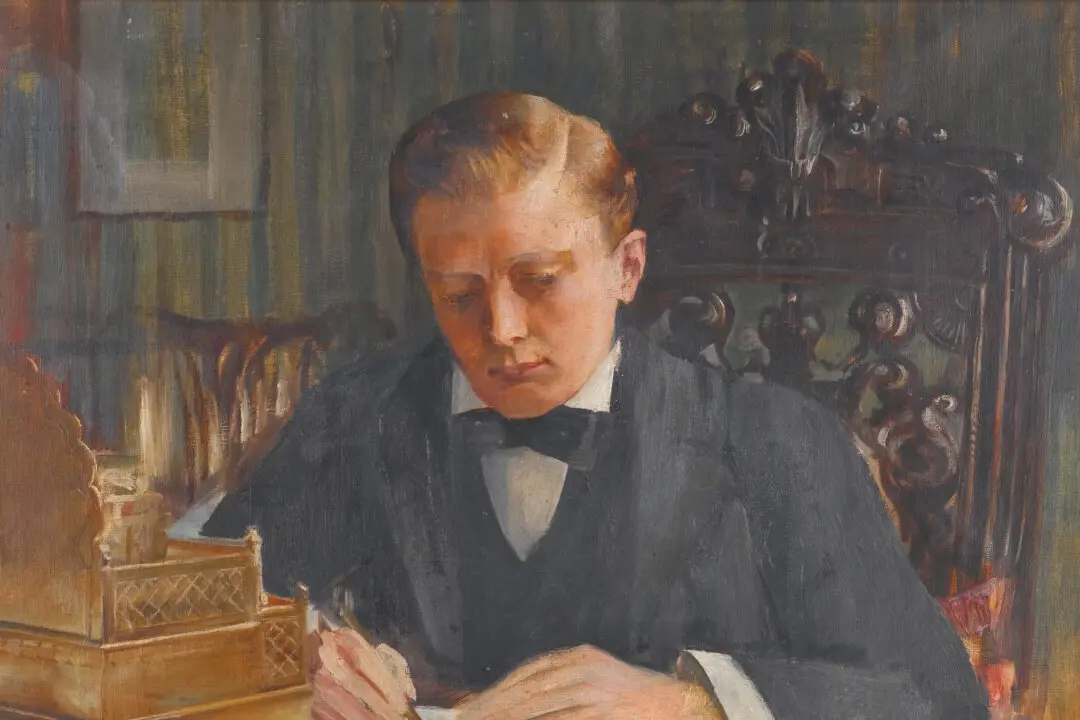Poets, like the rest of us, have varying attitudes toward death.
Some urge resignation, others rage; some point us to an empty tomb and salvation, others to the dust of obliteration; some bemoan the brevity of three-score-years and ten, others celebrate life even when faced with imminent death.

